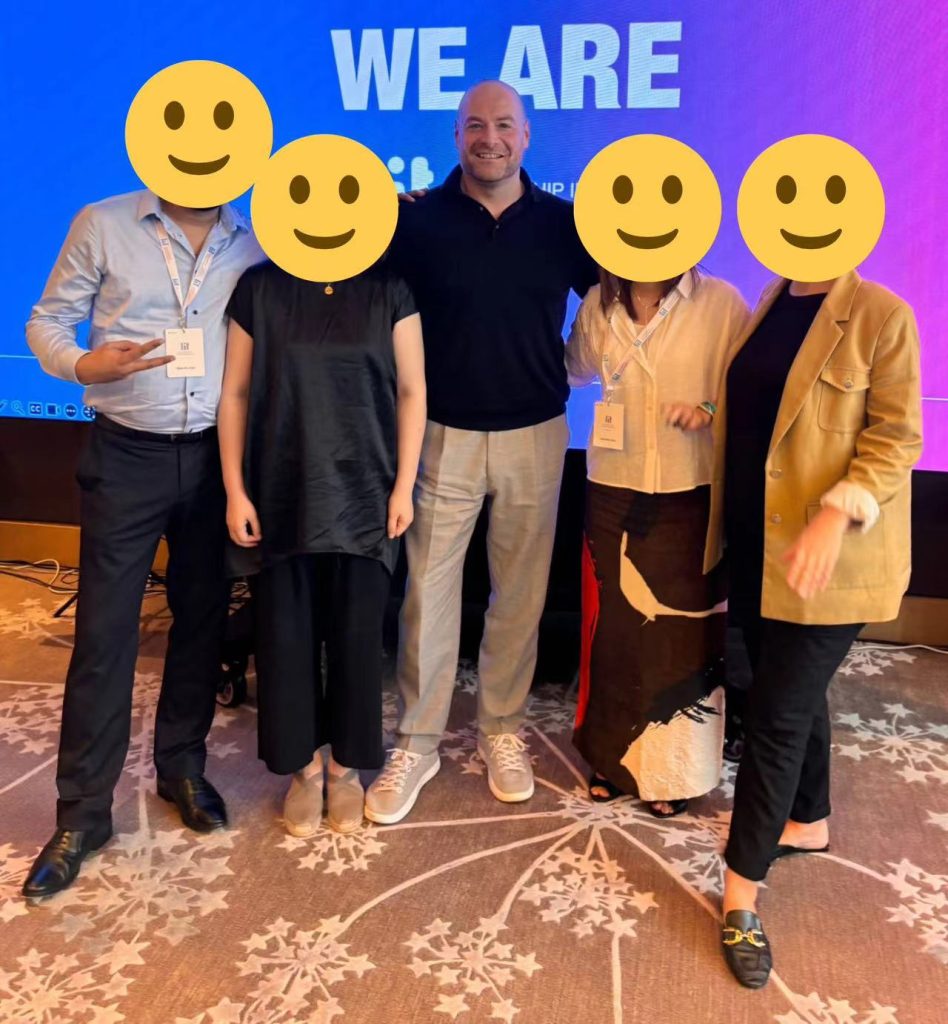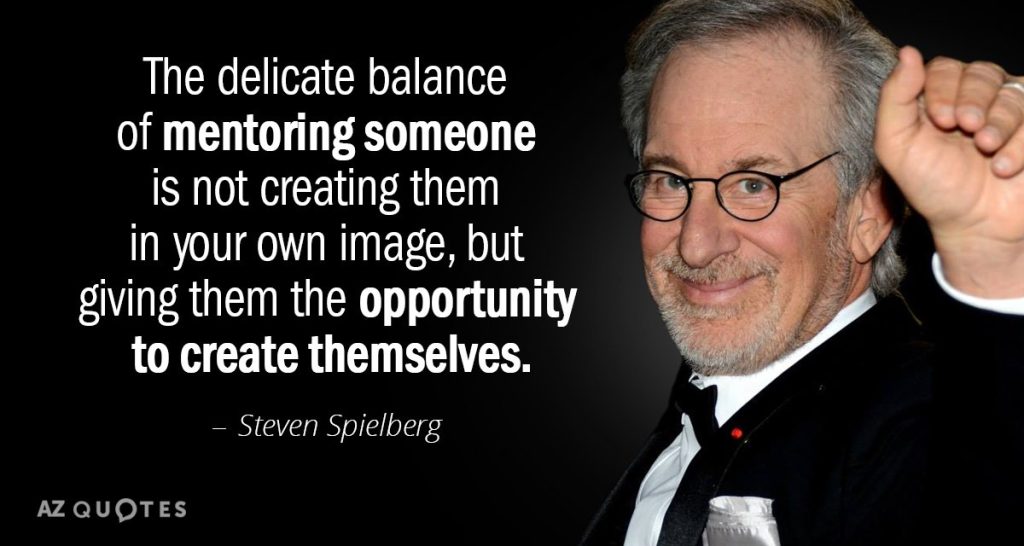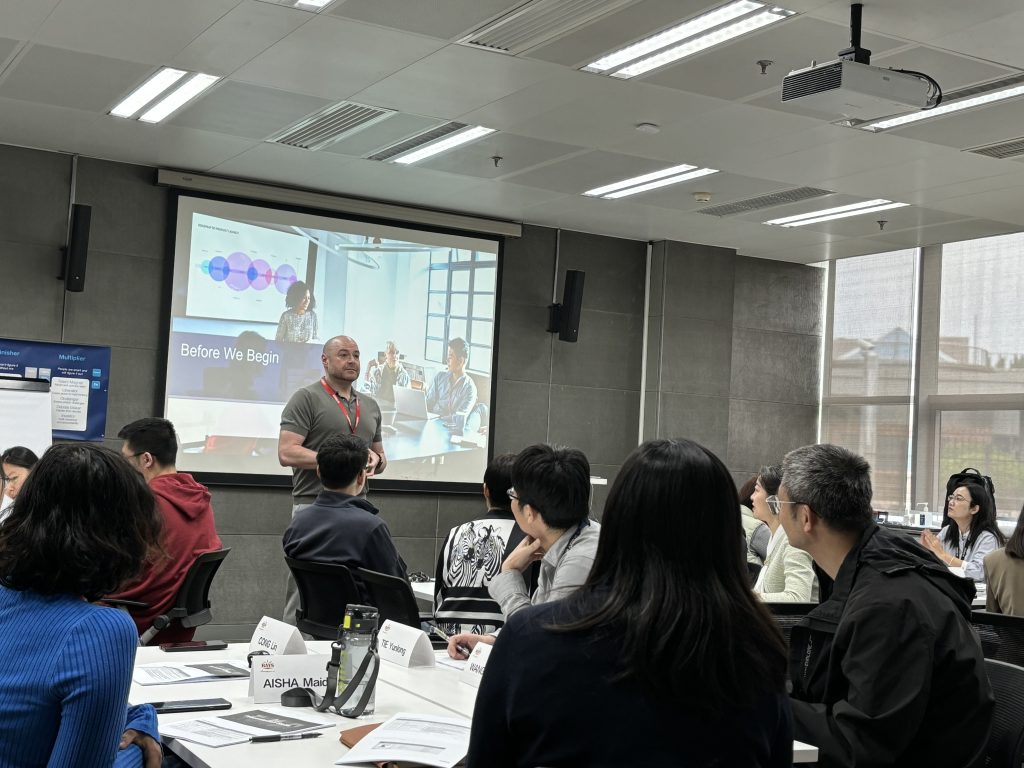As an experienced leadership coach, I’ve had the opportunity to work with a wide range of organizations, from small startups to large multinational corporations, all grappling with the challenge of developing strong, effective leaders at every level. Leadership development is a critical component of organizational success, yet it’s an area where many companies struggle to get it right. The need for agile, adaptive leadership has never been greater. Leaders at all levels must be able to navigate complex challenges, inspire and motivate their teams, make tough decisions, and position their organizations for long-term growth and resilience. However, developing these essential leadership capabilities doesn’t happen by accident – it requires a strategic, multifaceted approach. In my work with clients, I’ve found that the most effective leadership development initiatives incorporate a blend of formal training, experiential learning, coaching, and ongoing support. Let’s dive into the key elements of a comprehensive leadership development program: Identifying and Cultivating High-Potential Talent The foundation of any successful leadership development program is the ability to identify and nurture high-potential talent within the organization. This starts with a robust talent management process that includes: By casting a wide net and looking beyond the obvious candidates, organizations can uncover hidden gems – individuals who may not fit the traditional leadership mold but possess the raw potential to thrive in positions of greater responsibility. Tailored Leadership Development Pathways Once high-potential talent has been identified, the next step is to create customized leadership development pathways that address each individual’s unique strengths, weaknesses, and development needs. This can involve a combination of: By taking a tailored approach, organizations can ensure that their leadership development initiatives are closely aligned with their strategic objectives and the specific needs of their workforce. Building Leadership Capabilities at All Levels While much of the focus in leadership development tends to be on preparing high-potential individuals for senior-level roles, it’s essential to cultivate leadership skills and mindsets at all levels of the organization. After all, effective leadership is not just the domain of the C-suite – it’s a critical capability that should be nurtured throughout the entire workforce. This can involve: By adopting a holistic, organization-wide approach to leadership development, companies can build a robust, agile leadership pipeline that is poised to navigate the challenges of today and tomorrow. Maintaining Momentum and Sustaining Change One of the common pitfalls in leadership development initiatives is the tendency for enthusiasm and momentum to wane over time. To ensure that the impact of your leadership development program is lasting and transformative, it’s crucial to incorporate ongoing support, accountability, and opportunities for continuous learning and growth. This can include: By maintaining a consistent focus on leadership development and reinforcing the importance of continuous learning and growth, organizations can create a culture of leadership excellence that permeates every level of the organization. Measuring Impact and Refining the Approach Finally, it’s essential to have a robust system in place for measuring the impact and effectiveness of your leadership development initiatives. This can involve a combination of: By continuously monitoring and refining your leadership development approach, you can ensure that your organization is getting the maximum return on its investment and cultivating the strong, agile leaders it needs to thrive in the years to come. In my experience working with clients, the most successful leadership development initiatives are those that are deeply embedded within the organization’s culture and strategic priorities. When leadership development is viewed as a critical component of the company’s broader talent management and business transformation efforts, it can serve as a powerful catalyst for unlocking the potential of the entire workforce. I’ve had the privilege of guiding numerous organizations through the process of building and refining their leadership development programs. Through this work, I’ve seen firsthand the transformative impact that targeted, multifaceted leadership development can have on organizational performance, employee engagement, and long-term sustainability. If you’re interested in exploring how to strengthen the leadership capabilities within your organization, I’d be happy to schedule a consultation to discuss your specific needs and challenges. Together, we can craft a customized leadership development strategy that will empower your people, drive innovation, and position your company for lasting success. Notice: JavaScript is required for this content.










